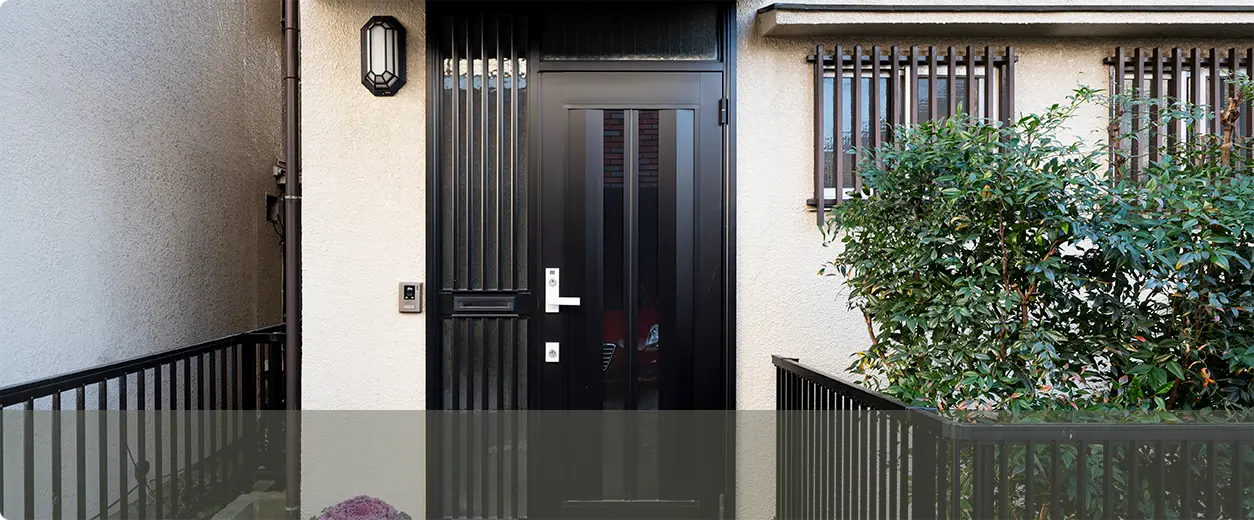ornamental metal work
Exploring the Art of Ornamental Metal Work
Ornamental metal work is a captivating art form that combines functionality with aesthetic beauty. From intricate railings and gates to stunning sculptures and decorative fixtures, this craft has evolved through centuries, showcasing both the skill of artisans and the rich cultural heritage associated with metalworking. In this article, we will delve into the history, techniques, and modern applications of ornamental metal work, highlighting its significance in art and architecture.
Historically, ornamental metal work can be traced back to ancient civilizations. The Egyptians, Greeks, and Romans utilized metals such as bronze, brass, and iron to create decorative elements for their buildings and everyday objects. These early metalworkers employed techniques such as casting, forging, and repoussé—hammering metal into relief designs—to achieve intricate patterns and forms. As societies advanced, so did the techniques and styles associated with metal work, influenced by cultural trends and technological advancements.
The Middle Ages marked a significant period for ornamental metal work, particularly in Europe
. Blacksmiths became highly respected artisans, known for their ability to fashion iron into beautiful and functional pieces. Gothic architecture famously featured elaborately designed metalwork in doors, window grilles, and light fixtures. The exquisite craftsmanship of this period is still celebrated today, often restored in historic buildings that capture the essence of that time.As the Renaissance emerged, ornamental metal work experienced a transformation. Artists and architects began experimenting with various styles, drawing inspiration from classical antiquity and incorporating new techniques such as gilding and enameling. Metalwork became more elaborate, with motifs including foliage, animals, and intricate geometric patterns. This era also saw the rise of decorative arts in furniture and interior design, where metal elements played crucial roles in enhancing the overall aesthetic.
ornamental metal work

In the modern era, ornamental metal work has found its place not only in traditional applications but also in contemporary design. Artists and designers now utilize a wide range of metals—steel, aluminum, copper, and brass—to create striking pieces that often serve as focal points in architecture and interior design. The fusion of traditional techniques with modern technology, such as laser cutting and CNC machining, allows for unprecedented precision and creativity.
One fundamental aspect of ornamental metal work is its versatility. It can be integrated into various settings, from residential homes to public spaces, enhancing the character and beauty of any environment. Ornamental railings, for instance, provide safety while adding an artistic element to staircases and balconies. Custom-designed gates can offer security without compromising aesthetic appeal, featuring elaborate scrolls and motifs that reflect personal style.
Sculptural metal art has also gained popularity, with artists creating pieces that challenge traditional boundaries. These sculptures can range from abstract forms to representational works, often displayed in galleries, parks, and urban settings. The interplay of light and shadow, texture, and form in these pieces captivates viewers, inviting them to explore the interactions between art and environment.
Moreover, the sustainability aspect of metal work is becoming increasingly important. Many artisans focus on using recycled materials and eco-friendly practices to create their pieces. This approach not only reduces waste but also imbues the work with a story, enhancing its significance in today’s environmentally conscious society.
In conclusion, ornamental metal work is an enduring art form that bridges history and modernity. Its evolution reflects the diverse cultural influences and technological advancements over time. Whether in the form of architectural elements or fine art, the beauty and craftsmanship inherent in ornamental metal work continue to inspire and captivate, ensuring its place in both our heritage and future. As we appreciate the intricate designs and skilled workmanship involved, we also recognize the vital role this craft plays in enriching our surroundings—transforming ordinary environments into extraordinary experiences.
-
Wrought Iron Components: Timeless Elegance and Structural StrengthNewsJul.28,2025
-
Window Hardware Essentials: Rollers, Handles, and Locking SolutionsNewsJul.28,2025
-
Small Agricultural Processing Machines: Corn Threshers, Cassava Chippers, Grain Peelers & Chaff CuttersNewsJul.28,2025
-
Sliding Rollers: Smooth, Silent, and Built to LastNewsJul.28,2025
-
Cast Iron Stoves: Timeless Heating with Modern EfficiencyNewsJul.28,2025
-
Cast Iron Pipe and Fitting: Durable, Fire-Resistant Solutions for Plumbing and DrainageNewsJul.28,2025
-
 Wrought Iron Components: Timeless Elegance and Structural StrengthJul-28-2025Wrought Iron Components: Timeless Elegance and Structural Strength
Wrought Iron Components: Timeless Elegance and Structural StrengthJul-28-2025Wrought Iron Components: Timeless Elegance and Structural Strength -
 Window Hardware Essentials: Rollers, Handles, and Locking SolutionsJul-28-2025Window Hardware Essentials: Rollers, Handles, and Locking Solutions
Window Hardware Essentials: Rollers, Handles, and Locking SolutionsJul-28-2025Window Hardware Essentials: Rollers, Handles, and Locking Solutions -
 Small Agricultural Processing Machines: Corn Threshers, Cassava Chippers, Grain Peelers & Chaff CuttersJul-28-2025Small Agricultural Processing Machines: Corn Threshers, Cassava Chippers, Grain Peelers & Chaff Cutters
Small Agricultural Processing Machines: Corn Threshers, Cassava Chippers, Grain Peelers & Chaff CuttersJul-28-2025Small Agricultural Processing Machines: Corn Threshers, Cassava Chippers, Grain Peelers & Chaff Cutters












